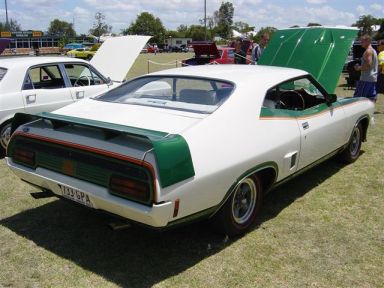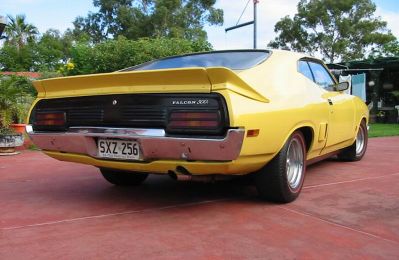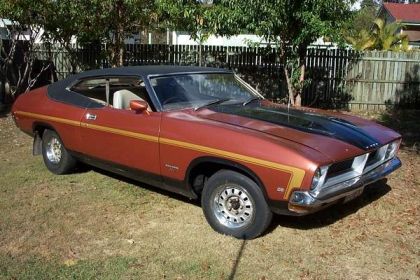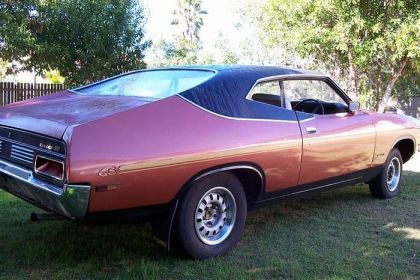|
|
|
The first documented XB hardtop with XC rear marker lights I have knowledge of is a July, 1975 GT, and the next is an October, 1975 John Goss Special. July, 1975 is very early, considering XC’s were introduced in July, 1976. |
|
Back to contents |
|||||||||||||||||||||||||||
|
Dashes and ‘GT’ Instrumentation |
|||||||||||||||||||||||||||
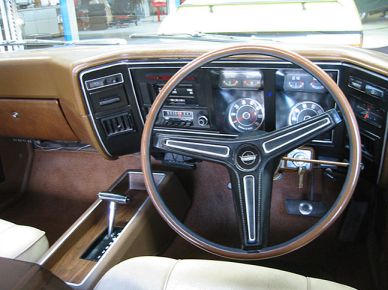 |
|||||||||||||||||||||||||||
|
This is the dash from an XA GT. |
|||||||||||||||||||||||||||
 |
|||||||||||||||||||||||||||
|
And this is a dash from an XB GT. Any differences ? |
|||||||||||||||||||||||||||
|
There are some, but they don’t show up too well, so here are some close ups. |
|||||||||||||||||||||||||||
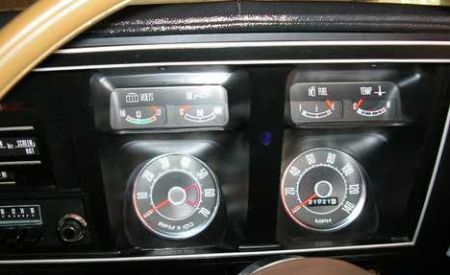 |
|||||||||||||||||||||||||||
|
This is the ‘sports’ instrumentation on an XA. Notice that the gauges are at rest, and as such, the needles in the auxillary gauges assume a pattern that resembles \ / \ / |
|||||||||||||||||||||||||||
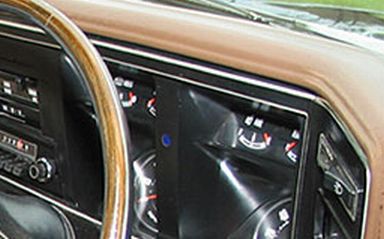 |
|||||||||||||||||||||||||||
|
And another close up of an XA GT dash from another car. |
|||||||||||||||||||||||||||
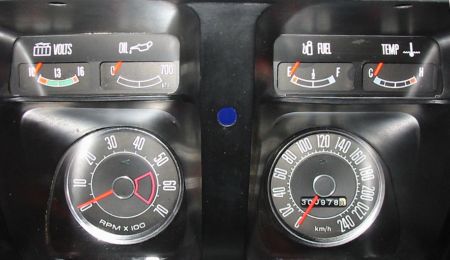 |
|||||||||||||||||||||||||||
|
This is the XB. Notice that the gauges have been changed so the at rest position of the needles in the auxillary gauges is more logical, and exhibits a pattern that resembles, / / / / |
|||||||||||||||||||||||||||
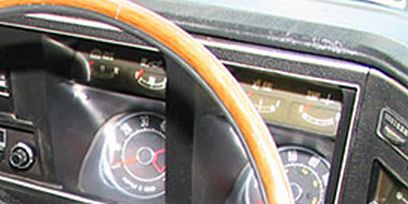 |
|||||||||||||||||||||||||||
|
Here is a further view of the XB. |
|||||||||||||||||||||||||||
|
Well, that was relatively straight forward. |
|||||||||||||||||||||||||||
|
Except. |
|||||||||||||||||||||||||||
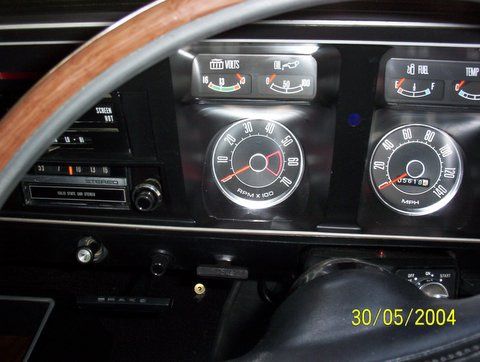 |
|||||||||||||||||||||||||||
|
This a dash from an XA GT RPO83 car. The RPO83 was a special model produced by Ford as a means of homologating parts so that they could be used in the ATCC race cars. Originally, there was supposed to have been a Phase4 version of the XA model that Ford would have sold to the public and used as the basis for its race cars, but the Phase4 was cancelled, and the RPO - Regular Production Option - 83 was offered instead, almost as quiet method of slipping some of the ‘race’ car parts out of the factory door. What interests us is that the RPOs were all produced at the end of the XA model run. Production was started in May but was then delayed by ten weeks of strikes so the vast majority of RPO83’s were built in August, 1973, the month before XB production was due to start. As a result, while the early - May - cars had the standard \ / \ / XA auxilliary gauge dash, quite a few of the later - August - ones came with the strange combination shown above, \ / / / with the fuel and temperature gauges from the XB model. |
|
And here is another late August, 1973 RPO dash, from an unmolested and unrestored car. |
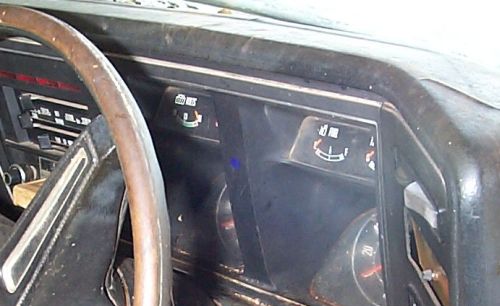 |
||||||||||||||||||||||||||||||
|
The other dash difference between XA and XB’s is the instrument surround panel. |
||||||||||||||||||||||||||||||
|
On XA’s, the panel has a smooth texture. |
||||||||||||||||||||||||||||||
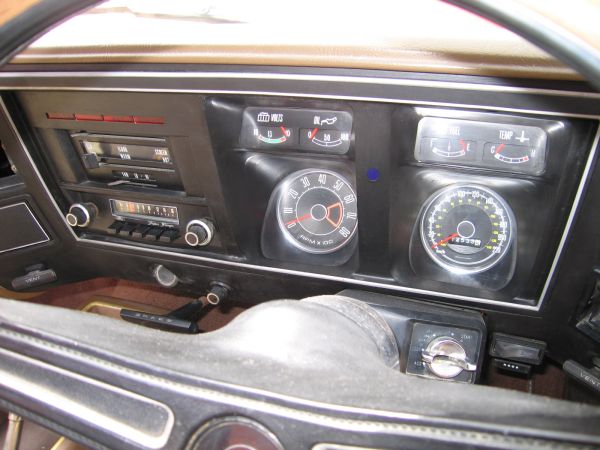 |
||||||||||||||||||||||||||||||
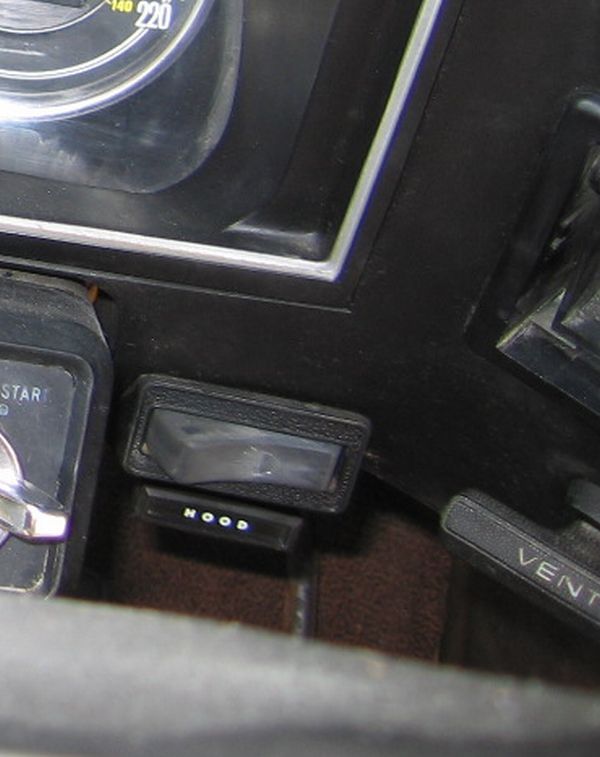 |
||||||||||||||||||||||||||||||
|
And on XB’s it was textured. |
||||||||||||||||||||||||||||||
 |
||||||||||||||||||||||||||||||
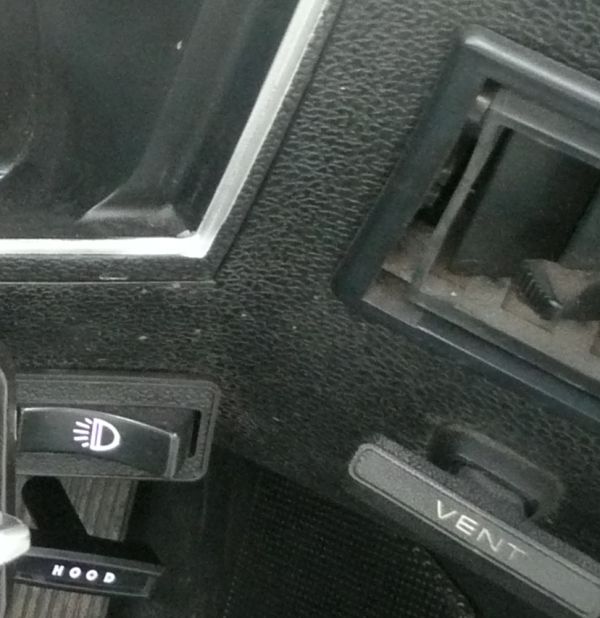 |
||||||||||||||||||||||||||||||
|
The change from smooth to textured also brough a change in ash trays. |
||||||||||||||||||||||||||||||
|
XA |
||||||||||||||||||||||||||||||
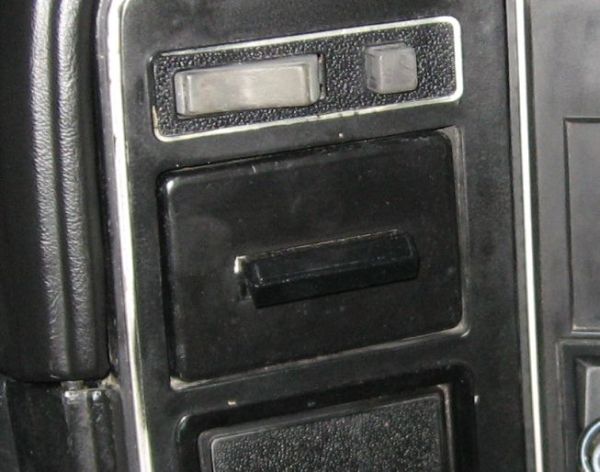 |
||||||||||||||||||||||||||||||
|
XB |
||||||||||||||||||||||||||||||
 |
||||||||||||||||||||||||||||||
|
It is a minefield of possibilities not helped by a lack of interest in record keeping back when these cars were built and the passage of time and memory. Luckily, interest in these cars breeds clubs like the Thanks to them for some of the photos used above and below. |
||||||||||||||||||||||||||||||
|
But, of course, this is not the end of the story, because after the XB came the XC, and as well as changing much mechanically and giving the Falcon a facelift, the XC also had a completely new dash. |
||||||||||||||||||||||||||||||
 |
||||||||||||||||||||||||||||||
|
And the option of ‘sports’ instrumentation. |
||||||||||||||||||||||||||||||
 |
||||||||||||||||||||||||||||||
|
And new door panels. |
||||||||||||||||||||||||||||||
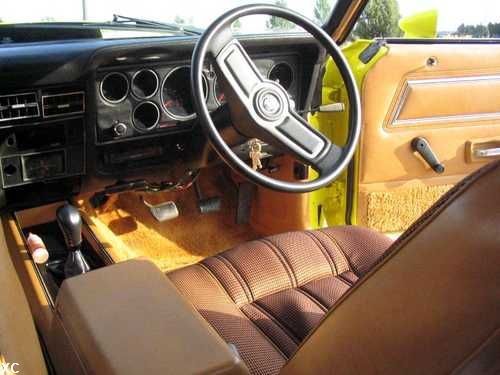 |
||||||||||||||||||||||||||||||
 |
||||||||||||||||||||||||||||||
|
Compared with an XB GT dash and door panel below. |
||||||||||||||||||||||||||||||
 |
||||||||||||||||||||||||||||||
|
Back to contents |
||||||||||||||||||||||||||||||
|
The standard dash |
||||||||||||||||||||||||||||||
|
The above photos detailed the GT or ‘sports’ dash. What of the standard dash ? This is an XB. |
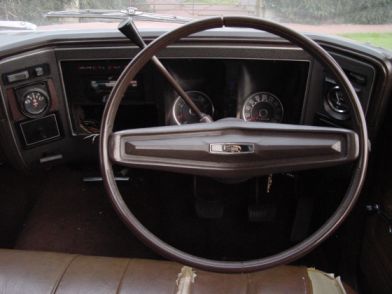 |
||||||||||||||||
|
Note the three speed manual gearbox column shift. |
||||||||||||||||
|
Ever wondered where the gear positions are ? |
||||||||||||||||
 |
||||||||||||||||
|
The standard instruments. |
||||||||||||||||
 |
||||||||||||||||
|
Without the row of auxilliary guages across the top. |
||||||||||||||||
|
The warning lights and heater controls. |
||||||||||||||||
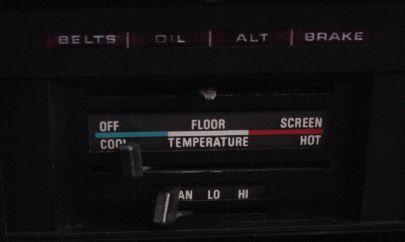 |
||||||||||||||||
|
The great Falcon ignition switch. |
||||||||||||||||
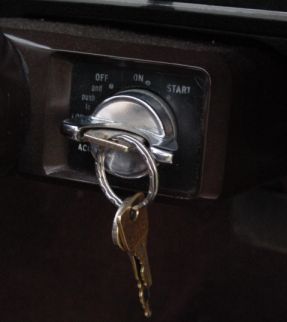 |
||||||||||||||||
|
It may be worthwhile comparing the standard dash with three speed column manual shift with the standard dash with the three speed column automatic shifter. |
|
XB manual |
|||||||||||||||||||||||
 |
|||||||||||||||||||||||
|
XB automatic |
|||||||||||||||||||||||
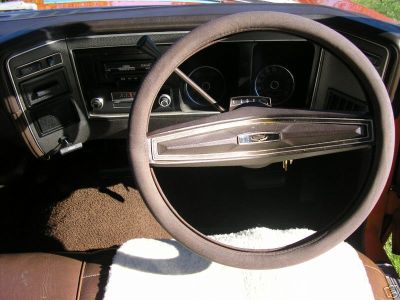 |
|||||||||||||||||||||||
|
And a closer view of the shift display. |
|||||||||||||||||||||||
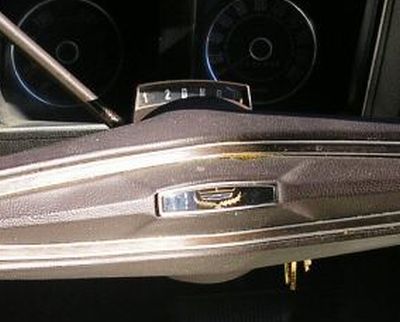 |
|||||||||||||||||||||||
|
And here is the standard dash in an XA, with the floor shift automatic. |
|||||||||||||||||||||||
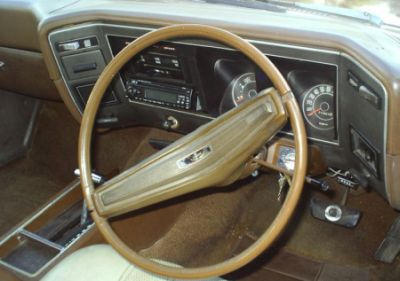 |
|||||||||||||||||||||||
|
And an XA with manual column shift |
|||||||||||||||||||||||
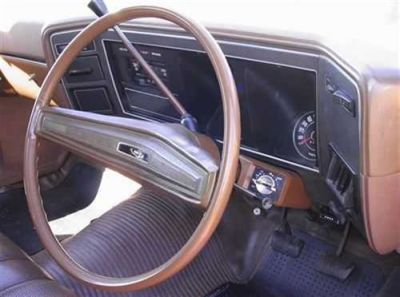 |
|||||||||||||||||||||||
|
The standard XC also featured a much simplified gauge set up. |
|||||||||||||||||||||||
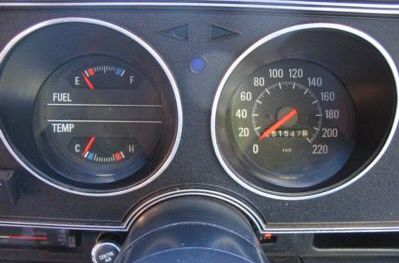 |
|||||||||||||||||||||||
|
Back to contents |
|||||||||||||||||||||||
|
Landau |
|||||||||||||||||||||||
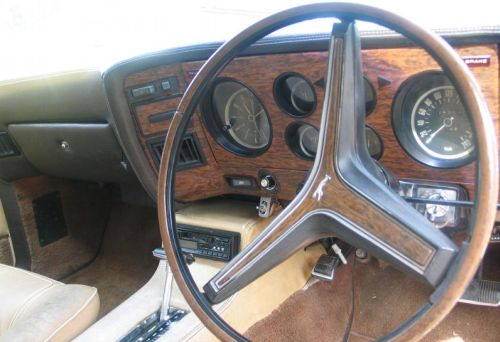 |
|||||||||||||||||||||||
|
It is also worth mentioning that, as shown, the LTD and LTD Landau got a very upmarket version of the Falcon with wooden applique. |
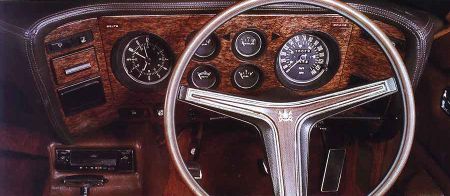 |
|||||
|
From the brochure. |
|||||
 |
|||||
|
And the heating and air conditioning controls moved to little slider levers on the centre console, just in front of the lockbox. |
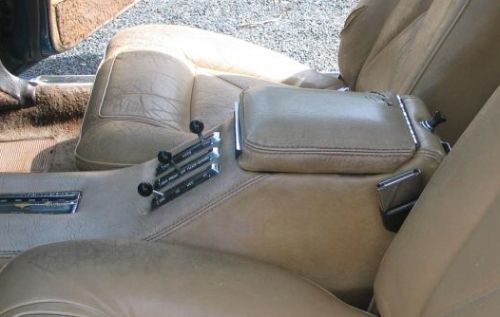 |
|||||
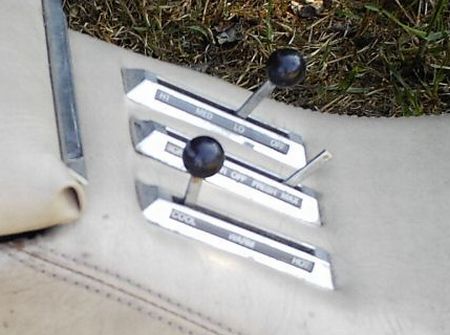 |
|||||
|
Close up of the heater markings. |
|||||
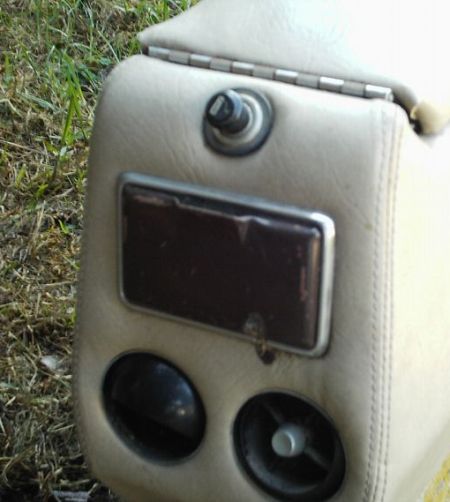 |
|||||
|
The rear of the console, showing the cigarette lighter and ashtray, and the two eyeball air vents. |
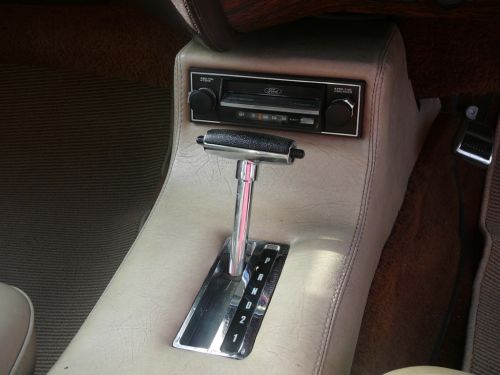 |
|||||
|
[Australian Ford Register UK] [History] [The Cars] [Members] [Bits and Pieces] [Contents] [Model Changes - Dashes] [Vinyl Roofs] [Doorhandles - Tail lamps - Glass] [Underneath] [Underneath 2] [Thorn Red] [Spoilers - Horn Cars] [Styling - Bonnets] [Grand Sports] [Metricification] [Grand Sport details - P5 LTD] [Scoops and vents] [Wheels] [The other XR8 - P6 LTD] [Superbird] [Compliance Plates] [Engines] [Engines2] [Rust] [Stampings] [Falcons] [Literature] [Some UK background] [One owner] [Bits and Pieces 2] [Untitled124] [Links] [Visitors] [Events] [AusCCA] [Site History] |
